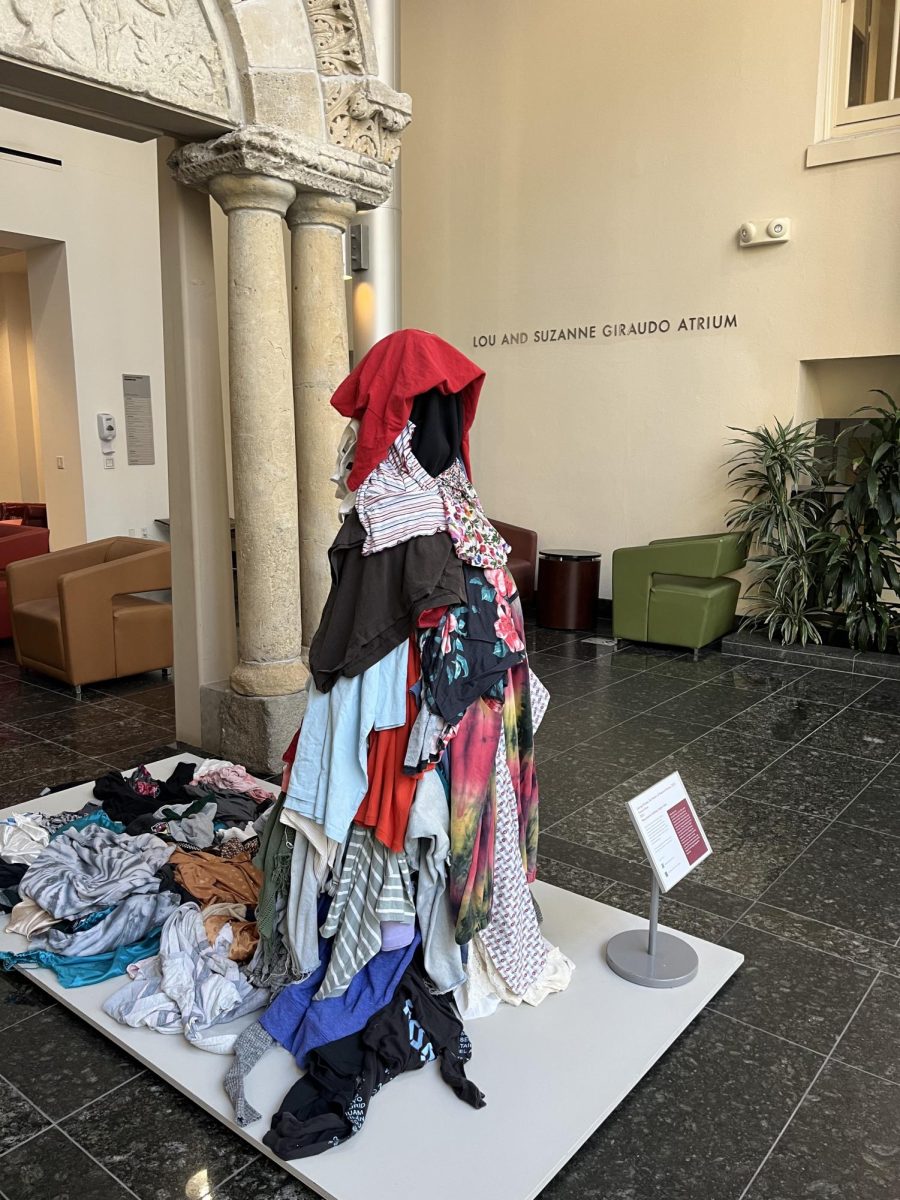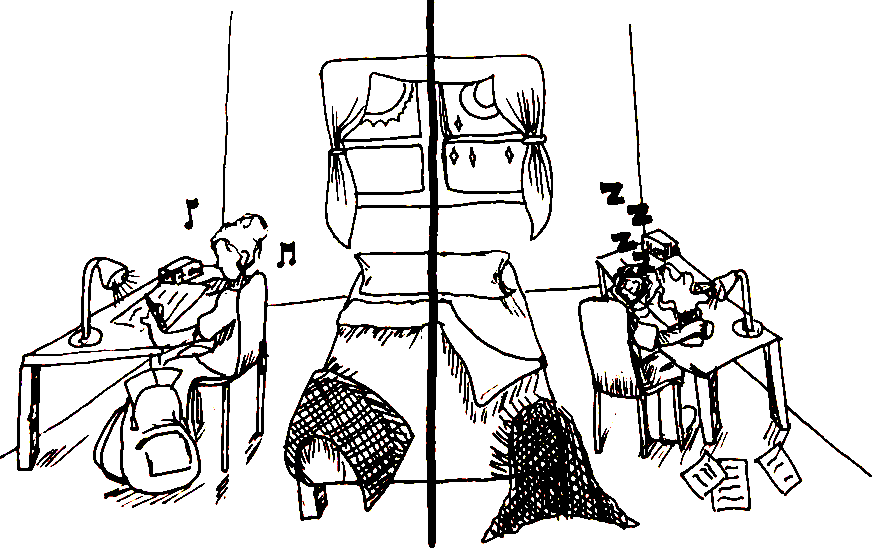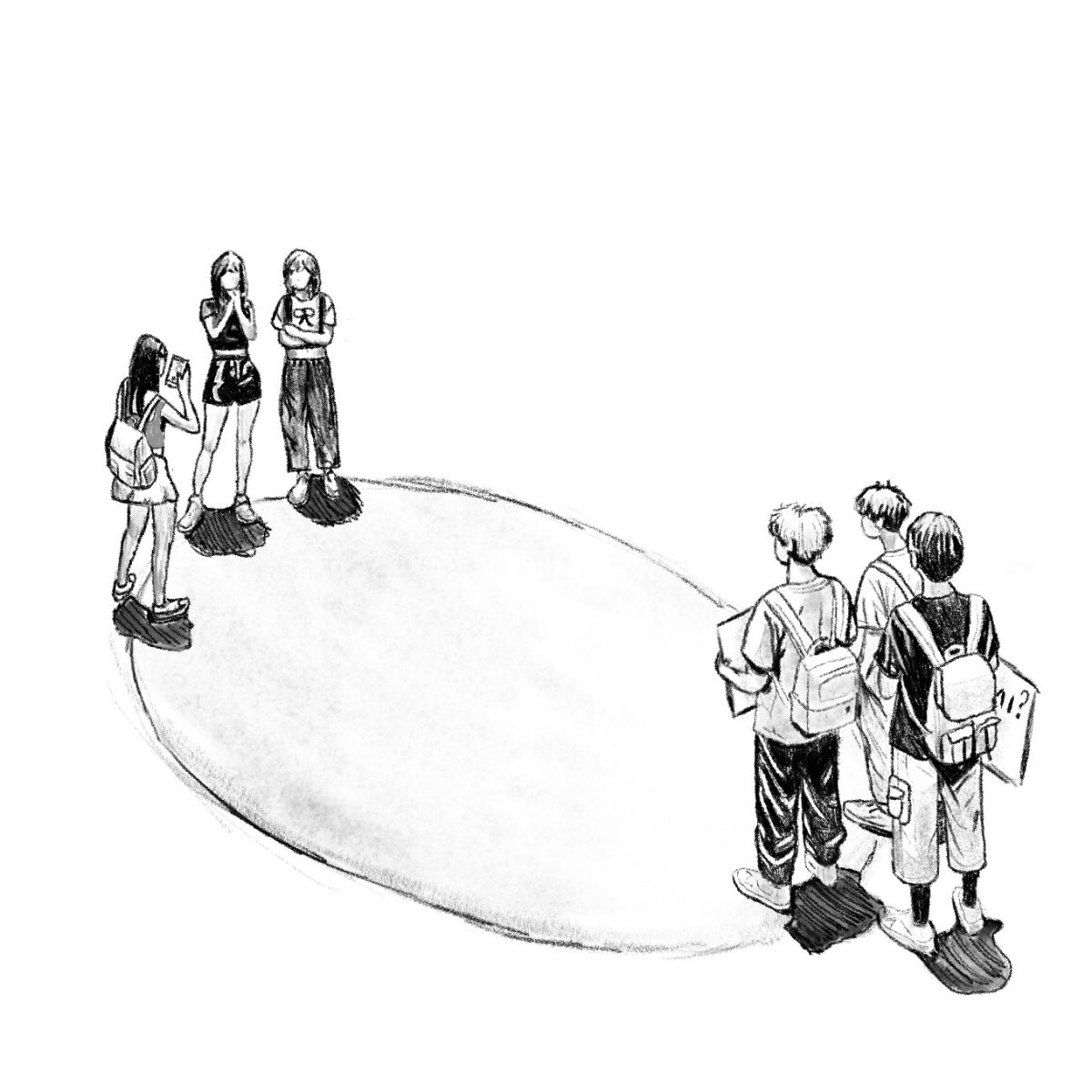You’re scrolling through TikTok and arrive upon a video of a haul from Shein. The girl in the video begins to unload her bag onto her desk. You see her pull out around 20 separately wrapped pieces of clothing, and watch as she lists the price of each item — all under $15. But beneath the allure of these cheap finds lies a deeper issue: fast fashion enables a culture of ever-changing trends that encourage the accelerated consumption of clothes and their even quicker disposal.
While fast fashion — an industry dedicated to making clothes as fast and as cheap as possible — may offer trendy and affordable clothing options, most fast fashion companies do not consider their environmental impact. This cycle of constant purchasing generates immense amounts of waste.
According to the World Resources Institute, a research center dedicated to protecting the climate, humans generate 92 million tons of waste from clothing annually — enough to fill a garbage truck every second.
This is absolutely insane.
All of this waste doesn’t just disappear into thin air; it goes into dumps and generates emissions or sometimes even makes its way into the ocean. According to the World Resources Institute, “the average consumer buys 60% more clothing now than in 2000 but keeps each piece for only half as long.” With social media influencers normalizing fast fashion, young adults often lose sight of the consequences of their shopping habits.
On the other hand, fast fashion is a lifeline for cheap clothes for those with less money. For many young consumers and low-income families, fast fashion is not a conscious choice, it’s just what they can afford. While affordability is a valid point, there are many different ways to shop without overspending. Options like thrift stores or clothing swaps make it easy to find inexpensive clothes without supporting the fast fashion industry.
The constant changing of fashion trends promotes a “throwaway” mindset that’s particularly harmful to young adults. The low prices of fast fashion drive teens to frequently buy large quantities of clothing, only to discard them as quickly as trends change. This leads to excessive waste and fosters a habit of overconsumption.
Freshman Mera Murphy was astonished by the cheap fast-fashion prices she had seen. “[I] was used to paying $30 for a T-shirt, but I was shocked to see similar items selling for under $10, making them seem almost disposable,” Murphy said.
Murphy’s mother, Romi Mahajan, owns a clothing boutique called Romi in downtown Palo Alto. “Every year, my store loses more and more younger buyers due to cheaper sellers of similar, however, worse quality items,” Mahajan said. The effect fast fashion has on our world and our community is evident, but what can we do to stop it?
Ultimately, young adults control the fast fashion industry as they are the number one buyers. However, this means that we can also change the norm and convert to buying better quality clothes made by paid workers, and purchase clothing less frequently. This is a big ask of young people as most want whatever is cheapest, but there are alternatives! Thrift stores are great ways to reduce the cycle of new clothes, and there is even a club at Menlo dedicated to solving this issue. They also organize clothing swaps where you can get clothes for free!
So next time you’re scrolling on TikTok and come across a Shein haul, instead of buying everything the influencer lists, take a second and reconsider for the greater good of the planet and the people.








